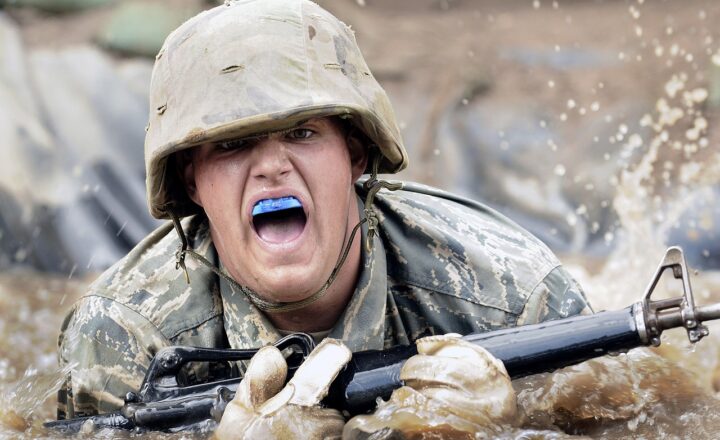How Flamethrowers Became One of the Most Controversial Weapons in History
November 11, 2024

The flamethrower has always been a weapon that evokes strong emotions, whether it be awe or horror. Used in various conflicts throughout history, this incendiary device has ignited fierce debates about its ethical implications and effectiveness in warfare. In this article, we will delve into the history of flamethrowers, their technological evolution, the significant roles they played in warfare, and the controversies they sparked.
—
1. The Origins of the Flamethrower
The flamethrower’s origins can be traced back to ancient times. The first known use of an incendiary device resembling a flamethrower occurred in 400 B.C. by the Greeks, with the invention of the “Greek fire”. This mixture of substances was used to set enemy ships ablaze from a distance.
—
2. Modern Flamethrowers: World War I and II
The modern flamethrower took shape during World War I. The German army developed a portable version named the “Flammenwerfer” in 1915, and it was primarily used in trench warfare to flush out entrenched enemies. Its psychological impact was significant, as soldiers faced terrifying flames that rendered traditional cover ineffective.
In World War II, flamethrowers saw extensive use by both the Allied and Axis powers. The U.S. Marine Corps utilized them during island-hopping campaigns in the Pacific, employing them against heavily fortified Japanese positions, while adversaries used them likewise in a desperate fight.
—
3. The Technology Behind Flamethrowers
Flamethrowers consist of a fuel tank, a flame thrower assembly, and a propellant. The fuel, typically a thickened petroleum, is ejected from a nozzle and ignited, creating a stream of fire that can reach up to 100 feet. Over the years, designers have refined the flamethrower to make it lighter and more efficient, allowing soldiers to carry them into combat without being weighed down.
—
4. The Psychological Impact of Flamethrowers
Flamethrowers strike fear in the hearts of soldiers and civilians alike. The imagery of fire sweeping across a battlefield, enveloping everything in its path, serves as a powerful deterrent. The psychological toll of flamethrowers can lead to panic and disorder in enemy ranks, exemplifying the terrifying nature of warfare.
However, this psychological weapon also raises ethical questions about the use of such terrifying means. As war evolves, the morality surrounding the use of flamethrowers has come into acute focus.
—
5. The Ethical Debate
As technology and warfare have evolved, so have the conversations surrounding the ethics of using flamethrowers. Critics argue that they cause indiscriminate harm to military personnel and civilians alike, often leaving survivors with debilitating injuries and psychological trauma. The United Nations has considered the legality of using flamethrowers in modern conflicts under international humanitarian law; however, as of now, they have not been banned outright.
—
6. Contemporary Uses and Bans
Though flamethrowers have become less common on the battlefield, they have found new life in civilian applications. They are used in controlled burns for agriculture and fighting wildfires. However, certain regions have placed restrictions on their use due to safety concerns.
Countries like Canada have banned flamethrowers entirely, citing the potential for catastrophic injuries caused by their careless use. Legislations vary across nations, with some allowing them with restrictions, while others outright prohibit private ownership.
—
7. Conclusion
The flamethrower will likely remain a controversial weapon for the foreseeable future. Its historical significance, terrifying capabilities, and ethical dilemmas make it a subject of ongoing debate. As long as wars are fought, the flamethrower’s legacy will endure—an enduring reminder of humanity’s complex relationship with tools of destruction.







